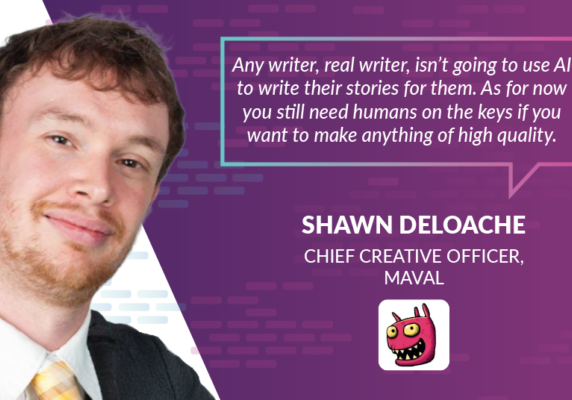Mastering Typography in Web Design
The importance of typography in web design
In the dynamic realm of web design, the significance of typography cannot be overstated. Beyond its visual allure, typography plays a pivotal role in shaping user experience (UX). In this article we will explore the intricate art and science of typography, illuminating how thoughtful font choices can profoundly impact the effectiveness of a website.

7 key impact points:
1. The Dynamics of Typography in UX Optimisation:
Typography in web design goes beyond mere font selection, encompassing various elements critical for an enhanced user experience. From font size to spacing and contrast, each facet contributes to the legibility and readability of content, fostering a positive UX.
2. Readability: A Fundamental Focus:
At the core of successful web design is readability—a paramount factor for a seamless user experience. Typography, when strategically employed, ensures users can effortlessly navigate through content, discern hierarchies, and remain immersed in the digital narrative.
3. Branding Precision Through Typography:
Consistency in font choices forms the bedrock of a cohesive brand identity. Typography becomes the visual embodiment of a brand’s personality, aligning with its core values. A well-curated typographic system contributes to a memorable and impactful online brand presence.
4. Navigational Hierarchy: Guiding Users with Typography:
Effective typography establishes a clear hierarchy, guiding users intuitively. Headings and subheadings work in tandem to communicate the importance of information, enhancing navigation and ensuring users swiftly access relevant content.
Here are the ins and outs of typography hierarchy explained in a short video:
5. Evoking Emotions Through Font Choices:
Fonts possess the unique ability to evoke emotions and set the tone for user interaction. The right typography establishes a subconscious connection with users, influencing their perception and overall experience.
6. Typography in Responsive Design: Adapting Seamlessly:
In an era of diverse devices, responsive design is imperative. Typography must seamlessly adapt to varying screen sizes without compromising readability. A mobile-friendly typography approach guarantees users a consistent and enjoyable experience across devices.
One of the essential elements of responsive design in 2023 is font size. CSS font sizes play a pivotal role in modern web development, shaping the aesthetics, readability, and UX of websites. In an era where user engagement and accessibility are paramount, the careful management of font sizes is very important. – LogRocket
Here is an interesting article explaining further the elements of responsive typography.
7. Accessibility: A Key Component of Typography Optimisation:
Inclusivity is paramount in contemporary web design. Typography choices directly impact accessibility, ensuring legibility and contrast for users with diverse needs. Prioritising accessibility contributes to a positive and inclusive UX.
In conclusion, mastering typography in web design is synonymous with optimising the user experience. Beyond visual aesthetics, thoughtful font choices are integral to web design success. By understanding and harnessing the power of typography, designers can create websites that not only captivate visually but also deliver an unparalleled and optimised user experience.
Educated in Krakow and Vienna, with a working background in Marketing and Event Management gained in St. Petersburg, Paris and London, Maria has a strong interest in marketing and business development with a particular emphasis on visual content marketing. She is a Co-Founder and Managing Partner of Black Cliff Media Ltd., where she manages Web Design and Graphic Design projects.
Maria speaks fluent Polish, English and German, some French and Russian and she currently studies Italian. She loves basketball, trail-running and tennis. She is married and has two young sons.
Connect with Maria on LinkedIn
Interested in Guest Blogging?
Visit our Guest Blogging Guidelines page.







